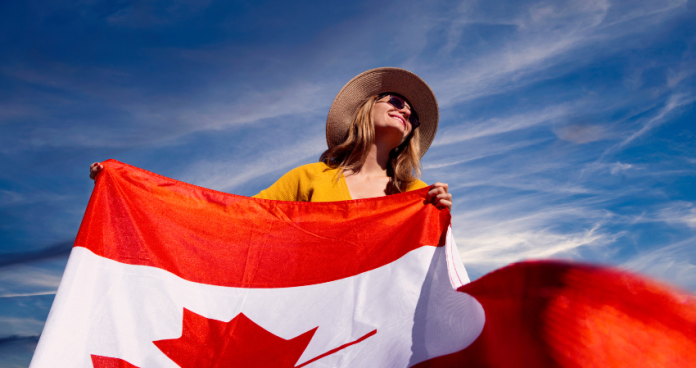Visiting Canada for the first time is exciting, but proper planning can make all the difference. From visa requirements to budgeting and cultural insights, understanding what to expect ensures a smooth experience. Whether you’re traveling for tourism, studies, or work, this guide will help you prepare effectively.
1. Understanding Entry Requirements
Before booking your flight, confirm if you need a visa. Citizens of some countries require a Temporary Resident Visa (TRV), while others can enter via the Electronic Travel Authorization (eTA). Nigerian passport holders, for instance, need a TRV. You must apply online, provide biometrics, and submit supporting documents.
Key Documents to Prepare:
- A valid passport (at least six months before expiry)
- Proof of funds to cover your stay
- A return ticket or onward travel confirmation
- Travel itinerary with accommodation details
- Supporting documents (employment letter, school acceptance letter, etc.)
To avoid delays, apply early through the official Immigration, Refugees and Citizenship Canada (IRCC) website.
2. Budgeting and Currency Exchange
Canada can be expensive, especially in major cities like Toronto and Vancouver. Planning your finances is essential.
Estimated Costs:
- Accommodation: Budget hotels ($80–$150 per night), Airbnb ($50–$100 per night), hostels ($30–$60 per night)
- Food: Fast food ($10–$15 per meal), restaurant dining ($20–$50 per meal)
- Transportation: Public transit passes ($100–$156 per month)
- Miscellaneous: Attraction tickets ($20–$50), SIM cards ($10–$20)
Using a multi-currency travel card or prepaid forex card helps manage expenses while avoiding high currency conversion fees.
3. Weather and Packing Tips
Canada’s climate varies by region. Winter (November to March) can be harsh, with temperatures dropping as low as -20°C in cities like Montreal. Summer (June to August) is pleasant, averaging 20–30°C.
Packing Essentials:
- Winter travel: Thermal wear, insulated jacket, waterproof boots, gloves, and hats
- Summer travel: Light clothing, sunscreen, sunglasses
- Year-round: Universal power adapter, refillable water bottle, portable Wi-Fi device
4. Getting Around Canada
Public transportation is reliable, with major cities offering buses, subways, and light rail transit. Taxis and rideshares (Uber, Lyft) are widely available but more expensive.
Best Travel Options:
- Toronto: TTC Subway and streetcars
- Vancouver: SkyTrain
- Montreal: Metro system
- Intercity travel: VIA Rail, Greyhound buses, or domestic flights
Canada’s vast size makes domestic flights necessary for long-distance trips (e.g., Toronto to Vancouver). Booking in advance can help you save on airfare.
5. Cultural Insights and Etiquette
Canada is diverse, welcoming, and values politeness. Understanding local etiquette makes your stay enjoyable.
Key Tips:
- Tipping: Expected in restaurants (15–20%), taxis, and salons
- Greetings: A handshake or a friendly “hello” is standard
- Queuing: Always wait in line for services
- Public behavior: Speak softly in public spaces, respect personal space
English and French are the official languages, with Quebec being primarily French-speaking. Learning a few basic phrases can be helpful when visiting French-speaking areas.
In conclusion
Canada offers incredible experiences, but planning ahead makes all the difference. If you’re unsure about visa applications, travel arrangements, or accommodation bookings, Havens Travel and Tour can assist you. Leave a comment if you have any travel concerns or share this post if you found it useful!


